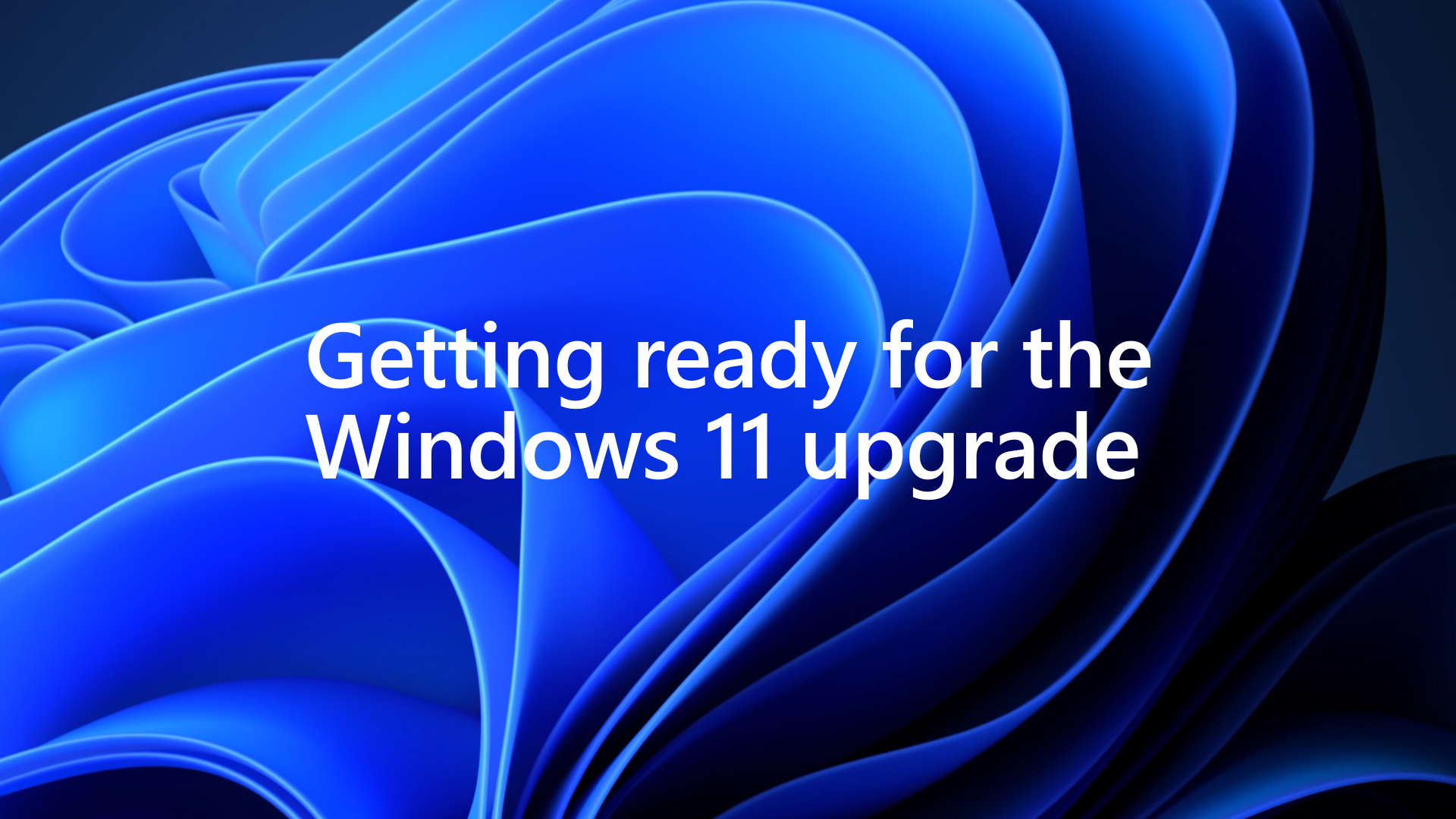Step into the future with Windows 11 Upgrade. Microsoft’s latest upgrade is more than a facelift—it’s a transformation. With a modern interface, revolutionary features like Snap Layouts and Snap Groups, and enhanced gaming capabilities, Windows 11 redefines the user experience. This isn’t just an update; it’s a leap forward in computing. Join us as we unravel the aesthetic allure, delve into productivity enhancements, and answer the crucial question: Is it time to bid farewell to the familiar Windows 10?
Windows 11 Upgrade is not just an operating system. It’s a comprehensive reimagining of the Windows ecosystem, promising a more intuitive and streamlined interaction with your device. Are you ready for the evolution? Let’s explore the landscape of the Windows 11 Upgrade together.
Windows 11 Upgrade: Navigating the Upgrade Landscape – A Comprehensive Exploration

Is the Windows 11 upgrade a leap into the future or a stroll in the park? Explore the aesthetic, functional, and compatibility aspects in this in-depth look at Microsoft’s latest operating system.
1. Aesthetic Overhaul: A Treat for the Eyes
One of the most noticeable changes in Windows 11 is its aesthetic transformation. The centered Start Menu, rounded corners, and overall cleaner design contribute to a more visually appealing interface. For those who appreciate a modern and minimalist look, this alone might be a compelling reason to make the switch. However, beauty is subjective, and some users might find comfort in the familiarity of Windows 10’s interface.
2. Snap Layouts and Snap Groups: Multitasking Made Easy
Windows 11 introduces Snap Layouts and Snap Groups, aiming to revolutionize multitasking. Snap Layouts allow for quick and organized window arrangements, while Snap Groups remember and restore groups of apps, making it seamless to pick up where you left off. If your workflow involves juggling multiple applications simultaneously, these features can significantly enhance your productivity.
3. Microsoft Store Revamp: More Than Just a Facelift
The Microsoft Store receives a much-needed makeover in Windows 11, promising a more open and developer-friendly platform. With support for a broader range of apps, including those from third-party stores like the Amazon Appstore, users can access a more diverse selection of applications. This shift could potentially breathe new life into the Microsoft Store and offer users a more comprehensive software ecosystem.
4. DirectX 12 Ultimate and Gaming Enhancements: A Game-Changer?
For gaming enthusiasts, Windows 11 comes with DirectX 12 Ultimate support, promising improved graphics and performance. The introduction of Auto HDR and DirectStorage further aims to elevate the gaming experience. If gaming is a significant part of your computer usage, the enhancements in Windows 11 might be a compelling reason to make the switch.
5. System Requirements for Windows 11 Upgrade
While Windows 11 brings a slew of exciting features, it also raises concerns with its stringent system requirements. Not all older devices are eligible for the upgrade, leaving some users in the lurch. Before considering the switch, it’s crucial to ensure your hardware meets the criteria, as an upgrade on incompatible devices could lead to a suboptimal experience.
6. Security and Productivity Improvements: Under the Hood Enhancements
Windows 11 brings forth several security and productivity improvements, including the integration of Microsoft Teams, enhanced virtual desktops, and improved support for touch, pen, and voice inputs. These under-the-hood enhancements might not be as flashy as the visual changes, but they contribute to a more secure and efficient computing environment.
Conclusion: The Verdict on Windows 11 upgrade
In the grand scheme of things, whether upgrading to Windows 11 is worth it boils down to individual preferences and needs. For a sleek interface, multitasking prowess, and cutting-edge gaming, Windows 11 is your game-changer. However, if you’re content with the familiarity of Windows 10 and your hardware is not compatible, the upgrade might not be a necessity.
In the end, the decision rests on your priorities and how you use your computer. Windows 11 offers a glimpse into the future of operating systems, but whether it’s a leap you’re ready to take or a stroll you’d rather enjoy at your own pace is entirely up to you.
Also checkout the Download Windows 11 , Windows 11 Update